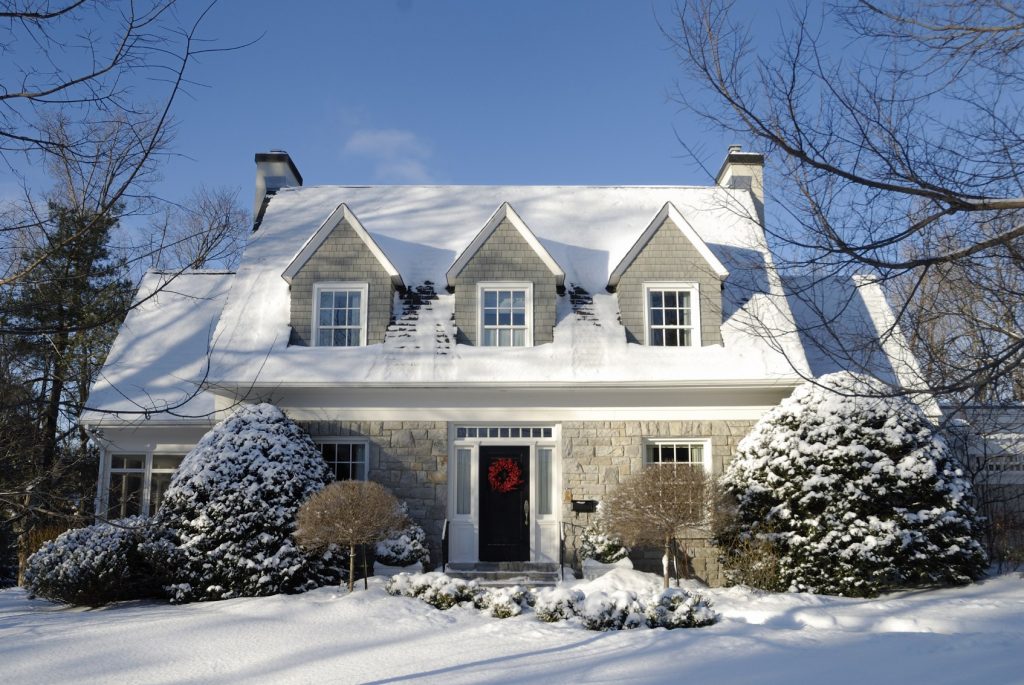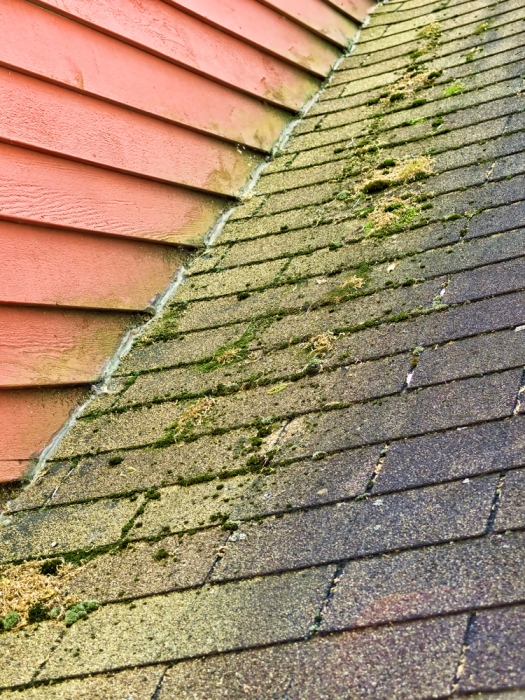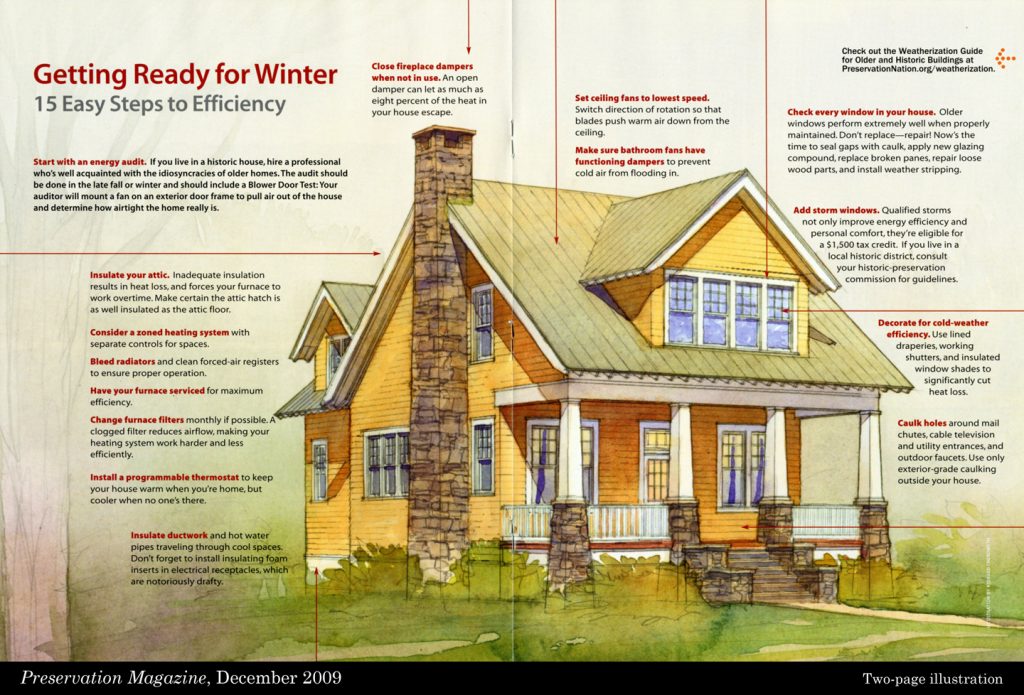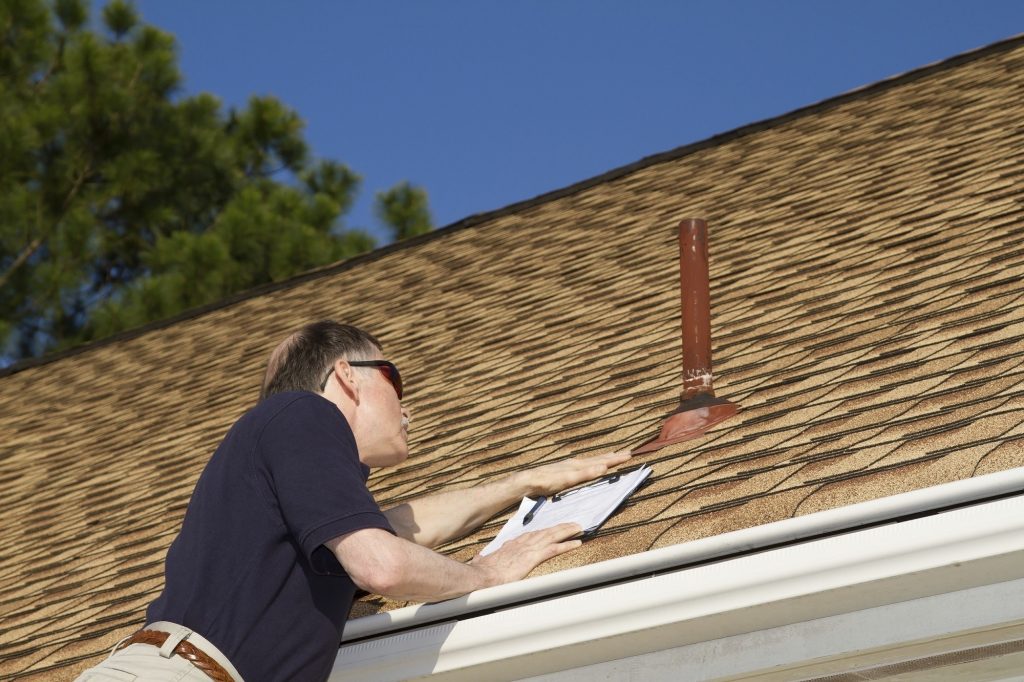How to Protect Your Home and Family from Winter Weather Challenges in All 50 States

From Florida to Great Lakes, recent freezing temperatures have impacted east coast and mid-west with unprecedented cold grip. In many regions, even an unexpected dip of the thermometer to the mid-40’s or 50’s can wreak havoc on unprepared homeowners.
No matter how moderate the climate, Mother Nature has always been full of surprises. The anticipation of and preparation for cold weather can be a relatively inexpensive and simple process.
Ignoring the possibility of unseasonably cold weather can result in unpleasant and expensive surprises like burst pipes, water damage, and ice dams.
Note: Portions of this guide are standard operating procedure for folks who live in Buffalo, Minneapolis, and even Atlanta and Memphis. But inevitably, there are just as many homeowners in Houston, Las Vegas, and even Miami who can get caught unprepared.
In any case, we’ve endeavored to address topics of value in all regions of the nation, as well as some considerations that are usually overlooked in other resources.
This guide also covers subjects other than those which common-sense and worst-case scenarios dictate — cleaning your gutters, stocking up on non-perishable groceries, water, batteries, and supplies – to include sufficient rock salt to keep walkways free of icy buildup.
Pro Tip: In addition to portable chargers for autos, computers, and cell phones, make sure that you have portable light sources and plenty of batteries to power them. If you have a generator, make sure that you have an adequate supply of gasoline & oil, which can also provide back up for vehicles.
The options are clear: Spend a few dollars and hours to plan ahead for 4 months of lower temperatures. Or wait ‘til the last minute and try to find the commodities or service companies that are still available or affordable. Once the weather warms up, you’ll still be living with the outcome. Indefinitely, or for at least the next 8 months.
- Low cost and no cost resources
No matter what your budget may be, whether you can afford any budget or not, “free advice” can, often, be worth a lot more than what you pay for.
Certified plumbers, roofers, HVAC contractors, insulation dealers and other specialists within the construction industry routinely offer “free” surveys, inspections or provide such at a nominal cost.
Depending upon many variables such as the size, age, condition, and location of the home, among others … e.g., evaluations and information from reputable sources can range from $0.00 – $250.00 in Houston, TX, up to twice as much in New York City for a 20-year-old, 2,000 – 2,200 sq.ft. home.
Obviously, contractors are usually going to try and sell you something. The burden of judgment and credibility falls on the consumer. But a bit of common sense and follow-through with a few local references can assure that the following issues are legit, those not mentioned should be considered and whether the cost / benefit ratio of hiring an expert versus beginning a DIY project, makes “dollars and sense”.
There are innumerable “review” forums, web sites and other organizations (such as the BBB) that are focused on income, rather than credible information. Any uninformed or unreasonable consumer has a license to rant.
Talk directly to the companies and to their previous, local, clientele. ignore the nonsense published on the internet or touted in TV commercials. Trust your own judgment, rather than anonymous strangers’ commentary.
- Roofing system
The obvious physical risks aside, evaluating a home’s roof can be one of the most challenging winter preparations for the lay homeowner.
Potential problems presented by a change in the weather are not always visible to the untrained eye.
The added weight of snowfalls, the contraction of materials due to the lower temperatures, can exacerbate any drying, cracking or gaps that otherwise appear to be negligible. Again, the folks who offer such services at no, or little, charge have an incentive to find (exaggerate?) any defects.
Obtaining a 2nd or 3rd opinion will often reveal a consensus or contradictions among the professionals, but you will have more information and insight than from “checking” that all the shingles appear to be intact.
There are too many variables – from climate to materials to regular preventive maintenance – in estimating the life expectancy of a roof.
Among a number of contractors, manufacturers and trade associations surveyed, realistic averages for the 2 most common residential materials are:
- Asphalt shingles. Whether your roofing shingles are rated as “20 years”, “25 years” or “30 years”, major repairs or complete replacement may be needed in 75% – 80% of the above referenced timeframes. Using a “typical”, 2,000 s.f. home, the expense of complete replacement would be between $9,500 and $19,500.
- Metal roofs are initially, more expensive, these systems, though, can last up to 50 years with proper maintenance. However, upfront installation costs can range from $19,000 to $35,000.
In either case, a new roof is one of the few home improvements that can hold its value at completion, may even add ~ 5% value initially if you don’t overpay for a new roof. — Obviously, this applies to existing roofs that are in poor condition or are soon to be. That said, replacing a roof in sound condition, halfway through its life expectancy does not make “dollars and sense”.
Ignoring inflation or higher prices in the future, let’s assume a properly maintained “25 year” roof should last for 20 years. At $12,500 for a new installation, neglect can “cost” $375 per year.
For example, replacement after only 16 years is a waste of 4 x $625 = $2,500! For more expensive original materials, increased replacement costs will be proportionate. — Weigh this against the routine expense of simple remedies such as:
-
- Roof moss removal. Materials – $25 of household cleaning products. Labor – $200 to $400

- Cracked, damaged, or missing shingles $500 – $1,200 per 100 s.f. installed.
- Roof ventilation & insulation. As the exterior roof protects the home’s interior, so should the underside of the roof be protected from the interior. Attic ceilings should be well-ventilated and insulated in order to protect the integrity of the system by minimizing differentials in temperature and humidity. One sq.ft. of ventilation will service approximately 150 s.f. of surface area.– Arbitrarily factoring pitched and gabled roofs, let’s assume a 3,000 s.f. roof. Ensuring soffit vents and ridge vents are doing their job, would be a onetime expense of $300 – $1,500, depending on the current state.
— The value accumulates over the course of each year. The costs would be recouped over time by not having to deal with preventable damage to shingles — something that could easily ensue due to poorly vented attic space — no premature shingle cracks, no melted asphalt sticking to the roof deck, and no ice dams — meaning you will have a longer a longer-lasting roof.
- Ice dams — As mentioned earlier, proper insulation and ventilation are the best way to prevent the snow on your roof top from melting and becoming an ice dam with unsightly icicles that impede drainage of water and can damage your gutters.– A simple, temporary fix method of dealing with occasional, incidental ice dam build up is by using a nylon stocking or fine mesh fabric filled with calcium chloride. As needed, place them wherever buildup occurs. DIY costs – Less than $50-$150.
Two warnings here: The freeze-retardant and saturated melt may damage plants immediately below. Cover vegetation with plastic.
If you live in an area where freezes are rare, you may want to remove the stockings from your gutters and rooftop afterwards. Otherwise, the neighbors may begin to gossip about your wild parties.
- Chimneys
Chimneys and fireplaces obviously present a greater threat of catastrophe to the structure and your family than the inconvenience of a frozen pipe or higher-than-necessary heating bill.
A thorough inspection may cost $250 – $450 (or a bit more), but taking an amateur approach upon yourself is, “playing with fire”.
In either event the condition of both the exterior and interior will include a checklist of numerous points.
Quantifying “recouped” value is simply a matter of comparing the expense of having your house burn down … along with all the possessions, people and pets that may be inside.
Outside Checks:
- Confirm that there is a chimney cap, in good repair, clean and properly installed. This will prevent snow, debris or obstructions to proper ventilation.
- Remove any tree limbs above or near the chimney.
- Assure that all mortar and bricks are in excellent condition and that the chimney crown is at least 2 feet above the roofline. Ideally, the crown should also be beveled, in order to enhance airflow. The flue liner should be visible.
- The chimney must be perpendicular to the horizontal axis (not leaning) and the roof’s flashing must be free of any gaps around the chimney.
Inside Checks:
- Use a quality flashlight that provides high illumination. Check the flu damper, making sure that it is clean and opens, closes and seals properly.
- Turn off the flashlight and open the damper. Looking upward, you should see daylight throughout the entirety of the ventilation shaft. If not, turn the flashlight back on and remove any obstructions.
- Carefully inspect the hearth, surround and the entirety of the firebox to assure that there is absolutely NO damage or deterioration. Signs of moisture may indicate a faulty cap.Also, check for obvious signs of moisture inside the firebox, which could mean a faulty cap.
Gas fireplaces:
- Inspect glass doors, latches and screens.
- Position logs securely and as designed.
- With the gas turned off, test the igniter.
- Turn the gas back on, light the fireplace and look for clogged burners. Clean with a pin or needle as needed.
These fundamental tips are not all-inclusive but will allow some understanding of what a professional inspector or repair technician should be addressing. — This is one area of home maintenance or winterizing where “saving money” as a DIY project is not recommended. An expert can perform all routine services for $250 – $450.

